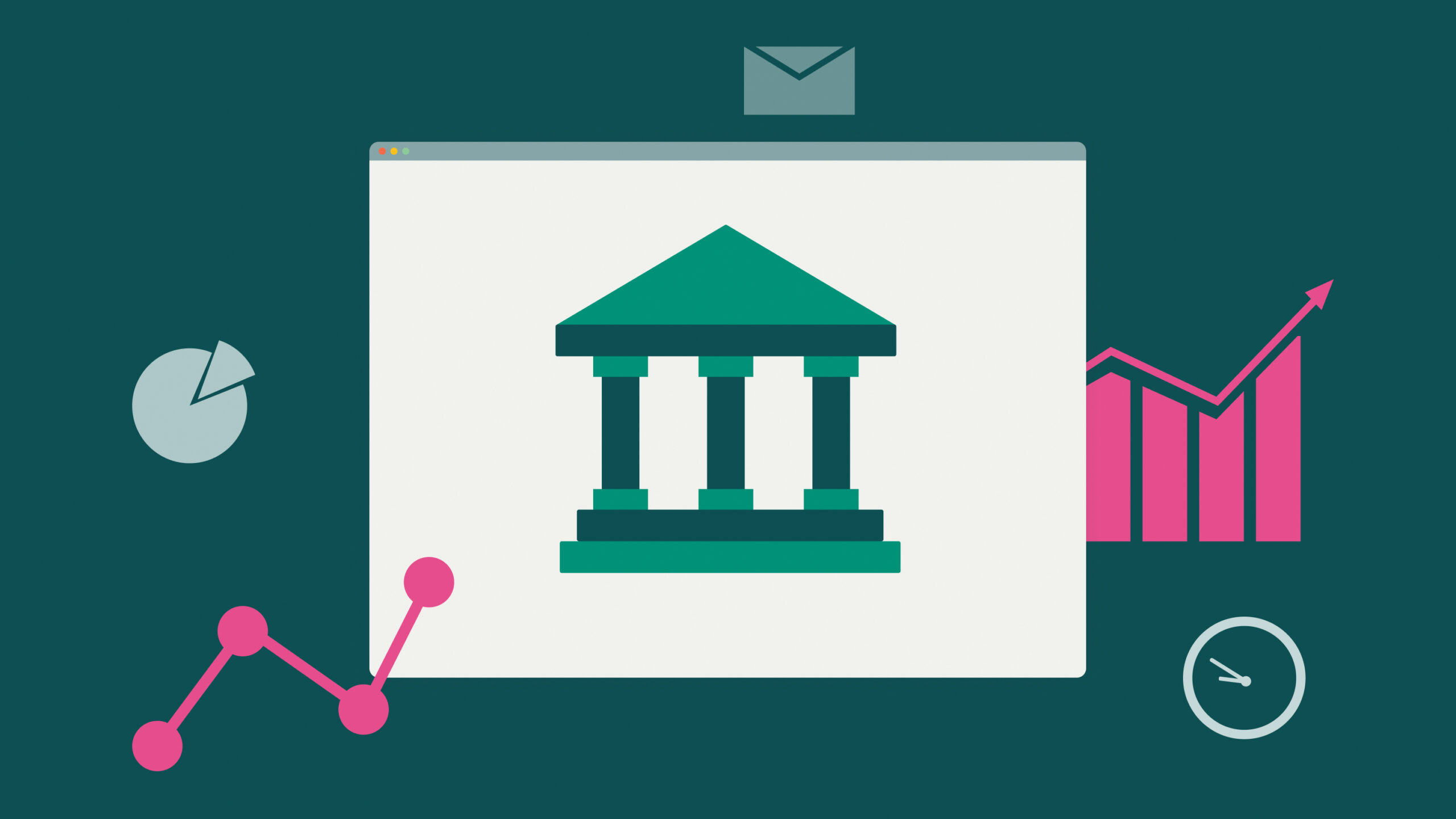You’re ready to embrace your lifelong dream to start your own eCommerce business. But, whether you’re still in the planning phase or ready to open your online shutter, here are 6 start up costs for eCommerce businesses you must keep in mind during the first year or two of business. Knowing what to expect can mean the difference between success and failure.
The cost to set up an eCommerce store varies widely, depending on the shopping cart you choose, where you host your site, and other factors such as marketing and inventory. You can use a startup cost calculator to understand better the different types of costs and ranges in your area.
Since eCommerce is much cheaper to break into than traditional storefronts, we’ve gathered the top cost considerations and added ideas for keeping expenses as low as possible for your startup.
Start-Up Considerations For An eCommerce Business
1. Choose A Shopping Platform
This is the most important, primary start up cost for eCommerce businesses. Before you set up your online store, you must decide where it will live. One of the least expensive options is a third-party platform with shopping capabilities, such as Shopify or Wix. Out-of-the-box solutions let you get up and running quickly and also perform system maintenance.
However, if you want a custom look or have more than a few items, you might also want to invest in a beautiful website design and your own hosting. Having the right user-friendly, SEO-optimized website will help to increase revenue and conversions. It does require a bit of technical know-how to get a hosted e-commerce site up and running. You’ll either have to learn the ropes or hire someone to help.
2. Buy Just Enough Inventory
In the beginning, one of your most significant expenses, in the beginning, is getting the inventory in place to sell products. You must guess what your customers like until you have enough data to know their preferences.
A good rule of thumb is to buy just enough of each item to get a feel for how popular it might be. Then, you can always reorder as inventory gets low. Make sure your shopping cart sends you reminders when stock gets down to just a few items, so you can get more in before you run out.
Stay flexible with your spending. One piece of advice many experts give is to plan for what you think will happen, but be flexible as you encounter challenges. Cash flow is a big issue for many new businesses, so keep an eye on how much you’re spending on products.
3. Remember Credit Card Processing Fees
It’s easy to forget the small fees involved in running your business, but costs add up quickly. No matter what payment processing methods you choose, you’ll have to pay fees. For example, if you use PayPal, they charge a fee for each transaction. Invest in a point of sale credit card system through your bank or a provider, and you’ll pay based on which cards you offer.
You also must remember to collect state taxes and pay them to your local government on a regular schedule. Not paying them can result in harsh penalties you weren’t expecting.

4. Invest In Marketing
You might think you’ll do all the marketing on your own, but as an entrepreneur, you’re going to be extremely busy with every other aspect of running your business. So, at a minimum, invest in some automated software such as Tailwind or Hootsuite until you can afford to hire a social media manager.
Depending on what you sell, you should plan to run ads on Google, Facebook, and other popular platforms to drive traffic to your site in the early days. Without customers, your business will flounder and fail. You must seek your target audience.
5. Hire The Best Employees
According to the Bureau of Labor Statistics, for every 100 job openings, only 84 get filled. The labor shortage in the marketplace makes finding the best employees even more competitive than in the past. Labor is one of the most expensive start up costs for eCommerce businesses.
If you want to attract and keep top candidates, you must think outside the box. Prepare to pay more in hourly wages than in the past, and know what perks people want. For example, working from home is a huge boon to people whose children might be home doing e-learning or who don’t wish to commute or work in an office setting.
Offer perks, such as more paid time off than the big corporations, job sharing for working moms, and the ability to tie into a cause that matters to the worker.
6. Consider Insurance And Taxes
You probably already crunched numbers on leasing warehouse space, buying inventory, hiring workers, and keeping the lights on. But have you looked at the cost of insuring your company and the taxes you have to pay? These are often aspects people overlook.
You need insurance on your products, building, and an umbrella policy if a worker or customer gets hurt. An umbrella rider can also protect you from lawsuits.
Depending on your business structure, you’ll also have to pay taxes. For example, f you file as a sole proprietor, you’ll also pay unemployment taxes, which adds up to more than you’d pay working for an employer who pays half. Consult a business lawyer or CPA to talk about which business structure offers the most tax savings for your company.
How Much Startup Money Do I Need?
The amount of start up costs for an eCommerce business varies from zero to thousands of dollars. Look for every opportunity to save money. You can always scale up as your company grows. Can you drop ship at first to keep inventory costs under control? What about your website? Perhaps you could list new products on your Facebook page and set up a website once you sell a few items.
If you’re on a tight budget, there’s a way to get started. Just think smaller, but keep in mind your goal to scale up quickly. With a bit of ingenuity, your costs when starting an e-commerce business can stay small and your revenue will be high.



